Americans use a lot of disposable cups.
Approximately 108 billion of them per year, to be exact.
And yet, as society grows more environmentally conscious, we grow increasingly more concerned about the amount of waste we produce.
Introducing the new generation of disposable plastic cups: the compostable cold cup.
In this guide, we will review compostable bioplastics, from the terms used to the benefits and drawbacks of compostable cold cups.
Let’s go!
- Compostable vs Biodegradable vs Degradable
- Can I Compost My Biodegradable Plastic Cups at Home?
- Types of Bioplastics
- What Happens to Uncomposted Cold Cups?
- The Benefits of Compostable Cold Cups
- The Drawbacks of Compostable Cold Cups
So, What Are Compostable Plastics?
Compostable plastic cups and tableware maintain the look and feel of traditional plastic, but biodegrade under specific conditions. Compostable plastics (or “bioplastics”) present an alternative to traditional petroleum-based disposable cups and utensils. Compostable plastic cups can return to the earth, whereas traditional plastic cups will not.
Do the Terms “Compostable” and “Biodegradable” Mean the Same Thing?
Although used interchangeably, the terms “degradable,” “biodegradable” and “compostable” do not mean the same thing. The difference is subtle, yet significant:
Degradable Plastics
“Degradable” means capable of breaking down.
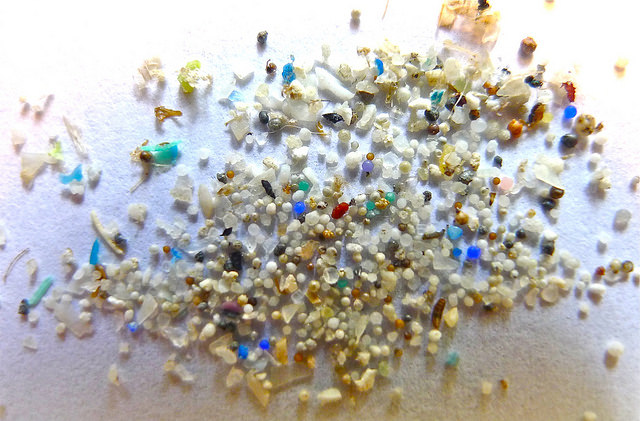
Even traditional plastic is degradable to a degree. It can be smashed into pieces. It can break apart. Over time, plastic wears away, forming microplastics. Microplastics accumulate in our oceans and inside our fish and ocean mammals, wreaking unknown havoc in marine life.
And degradable plastic cups, bags, and take-out containers are no different.
Plastics marked “degradable” simply break down faster. Photodegradable/oxo-degrable plastics degrade faster in the presence of UV radiation (aka sunlight) and oxygen.
In theory, this is a nice idea. Degradable products mean fewer large plastic pieces swirling around our oceans. That said, even under perfect conditions, degradable plastics still break down into microplastics. The plastic itself does not change chemically. It remains plastic.
Biodegradable Plastics

Over time, cups and containers marked “biodegradable” WILL break down into simpler components. A biodegradable product degrades from the action of naturally-occurring bacteria and fungi. Within that degradation process, the product changes chemically.
That said, this is the ONLY requirement a product must meet to earn the title “biodegradable.” It doesn’t matter if the degradation process takes years and years and leaves behind toxic material. If naturally-occurring microorganisms can eventually chew it up, the product is “biodegradable,” even if the process ultimately harms the environment.
Thus, while “biodegradable” may be a step up from “degradable,” it isn’t necessarily environment-friendly.
Compostable Plastics
To qualify as “compostable,” a plastic product must meet 3 criteria:
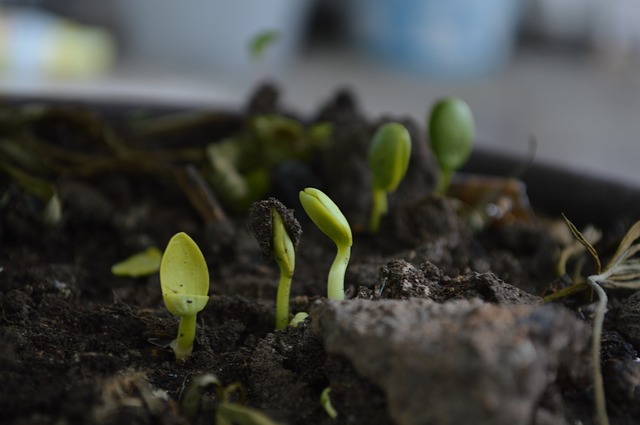
- It biodegrades – The plastic must break down into carbon dioxide, water, and biomass at a rate similar to cellulose (aka wood and paper).
- It disintegrates – The plastic must leave behind no distinguishable pieces in the finished compost. It must break down and integrate entirely.
- It leaves no toxic residue – The finished compost must support plant growth and contain no toxic substances. Note that this isn’t a requirement for the term “biodegradable.”
So, while “degradable,” “biodegradable,” and “compostable” are often used interchangeably, they actually refer to distinct chemical processes. In summary:
- All compostable products are biodegradable.
- Not all biodegradable products are compostable.
- Everything, to a degree, is degradable.
As an informed consumer, one should understand these subtle differences in terminology. Using the terms “degradable” or “biodegradable” on environmentally-unfriendly products is a common greenwashing tactic.
So, Can I Throw Compostable Plastic in My Compost Bin at Home?
Sure, but whether it will easily degrade is a different question.
Certain products marked compostable really only biodegrade under certain controlled environments, making them unfit for home composting programs. Home composting varies wildly; sometimes the material is too wet, sometimes the oxygen flow is poor, sometimes the materials are not small enough to degrade quickly. All of these affect the microbe content, which affects the temperature of the compost.
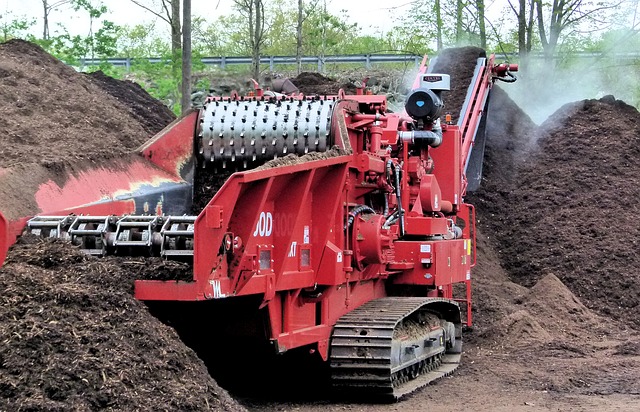
Materials that degrade easily (such as food scraps) can tolerate variable compost, but other materials (such as certain bioplastics) require stringent conditions to degrade. Industrial and municipal composting facilities, however, do not vary as much. They reach higher internal temperatures and maintain those temperatures over time. Therefore, even difficult materials degrade relatively quickly.
Types of Bioplastics
Compostable plastics are predominantly made of one of two materials: PHA or PLA. Both substances are chemically different, therefore requiring different environmental conditions to degrade:
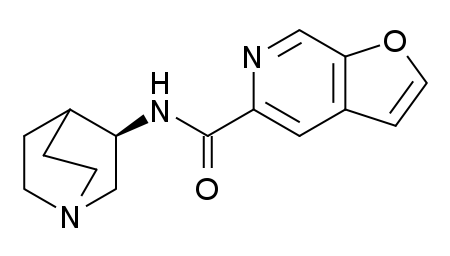
1. Polyhydroxyalkanoates (PHA) – bacteria and certain genetically modified plants naturally produce PHA through fermentation (much like the brewing of beer). The resulting material can be fashioned into food packaging and certain medical products. PHAs readily compost in microbe-rich material (including home compost piles), and can biodegrade at home in as little as two months.
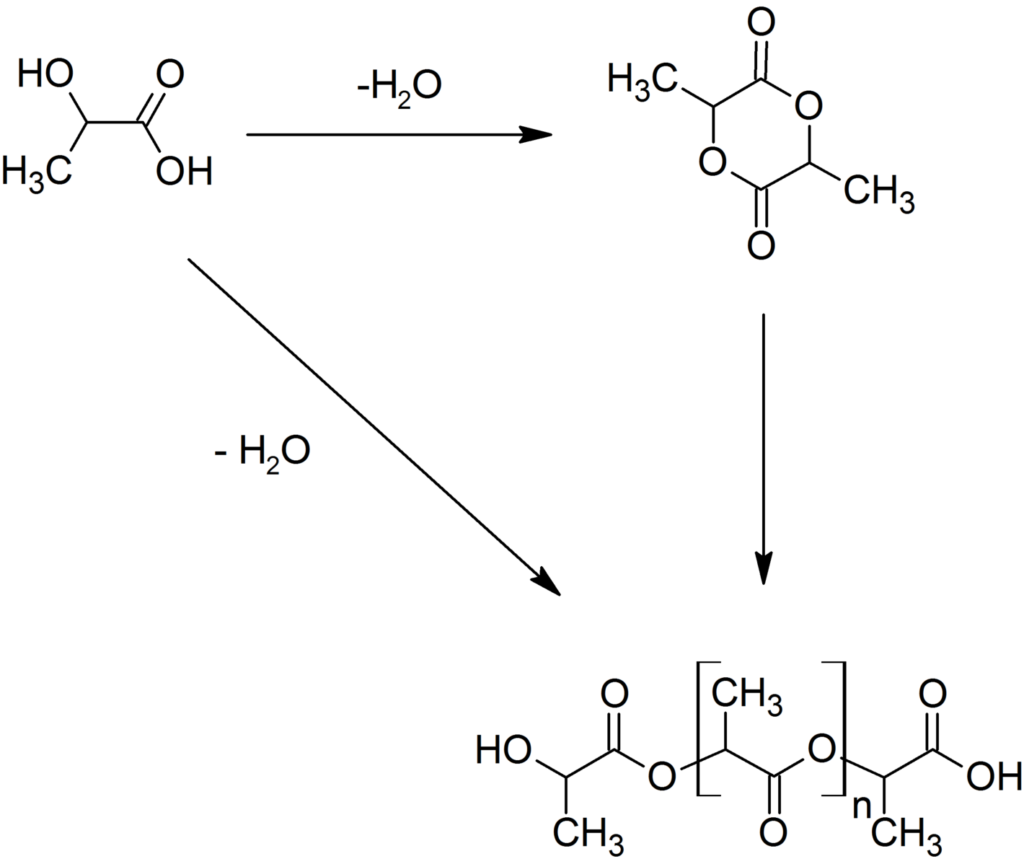
2. Polylactide Acid (PLA) – The most prolific bioplastic, PLA resin is made from the fermentation of plant starches, most notably corn. From there, manufacturers shape the resin into plastic cups, bags, utensils, packaging, and some medical equipment. PLA is shelf-stable up to 114 degrees. As such, it requires extended exposure to hot temperatures to degrade. Most home composting programs do not get hot enough.
Therefore, not every bioplastic marked “compostable” is suitable for home composting programs. While PHA composts readily, PLA can take upwards of one year or more to degrade completely, even under the same conditions.
But What About Uncomposted Bioplastics?
In the Landfill
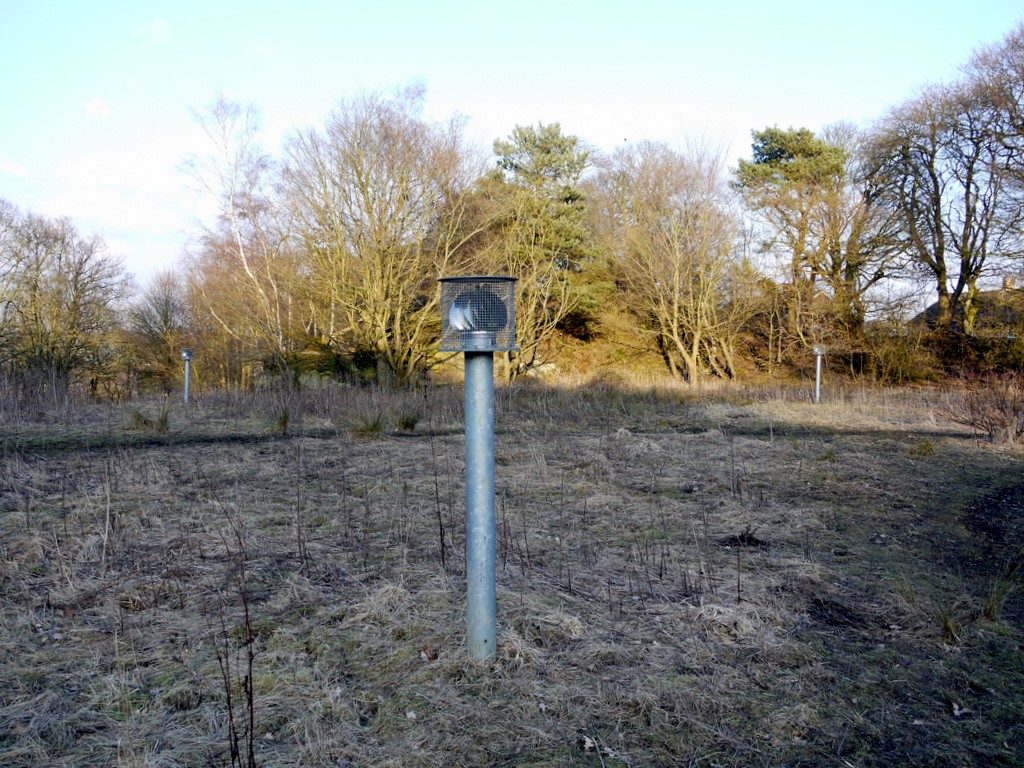
(credit Andrew Curtis)
When biodegradable plastics are thrown into landfills, they become like any other organic waste. Under aerobic (oxygenated) conditions, the material may break down as expected. But under anaerobic (no oxygen) conditions, bioplastics produce methane, a greenhouse gas 23x more potent than CO2.
In Recycling Programs
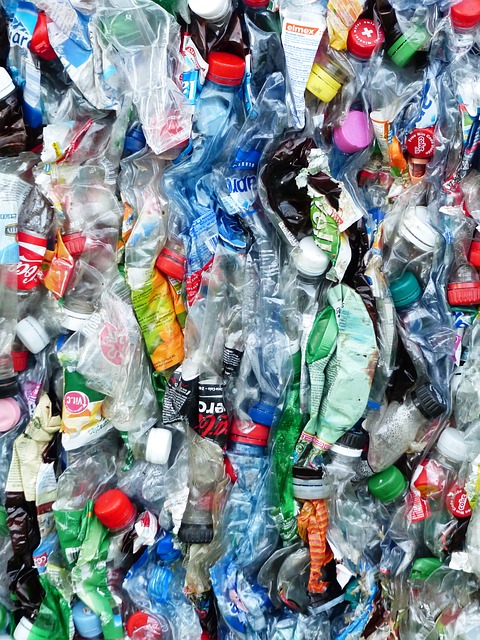
In short, most recycling companies view PLA as a contaminant in polyethylene terephthalate (PET) recycling. PLA’s chemical structure differs from most petroleum-based plastics and cannot integrate with traditional plastics, or PET.
That said, not a lot of PLA ends up in the recycling process. At present, contamination occurs at such low levels that it isn’t problematic. But, as PLA becomes more mainstream, the threat of contamination increases. If enough bioplastic contaminated a batch of recycled PET, the whole lot (PET included) would end up in a landfill.
PLA Recycling?
Nonetheless, the PLA molecule itself can be melted down and reworked into new structures (such as new PLA cups). The technology to separate PLA from traditional PET plastics exists, but we currently lack infrastructure. Currently, only two companies worldwide recycle bioplastics (Looplife Polymers in Belgium and NatureWorks in Wisconsin).
With the right push, PLA recycling is attainable. But currently, reasonable implementation does not exist, and most PLA products will not be recycled.
Other Outcomes for Compostable Plastic Products
Interesting to note, compostable plastics can be safely incinerated. PLA-based bioplastics do not produce toxic fumes when burned, unlike petroleum-based plastics. Thus, we can safely recover thermal energy from compostable plastics. This is not an option for PET.
The Benefits to Compostable Cold Cups
The manufacturing of compostable plastic cups provide a few key environmental benefits:
Made of Renewable Resources
Traditional cold cups are made of polymerized petroleum, a nonrenewable resource and the largest source of greenhouse gas emissions worldwide.

In contrast, compostable plastic cups are predominantly made of corn, and occasionally other starchy foodstuffs (such as wheat, potatoes, and beets). All are annually renewable resources, requiring little to no oil for production.
Additionally, the bioplastic industry is progressing towards utilizing plant waste (such as stalks and stems leftover from cattle feed) for production.
Fewer Emissions During Manufacturing
PLA production uses less energy and generates fewer emissions than petroleum-based plastic manufacturing. Specifically:
- PLA uses the least energy of all plastic types. Polypropylene (PP) requires 25% more energy, PET requires 38% more, and Styrofoam requires 51% more (worldcentric.org)
- PLA emits the least CO2 of all plastic types. PP releases 6.3x more, PET releases more than 10x more, and Styrofoam releases 9.26x more (worldcentric.org)
The Drawbacks to Compostable Cold Cups
For all the benefits that compostable plastic cups provide, one must consider a few key drawbacks:
Cold Cups and Heat
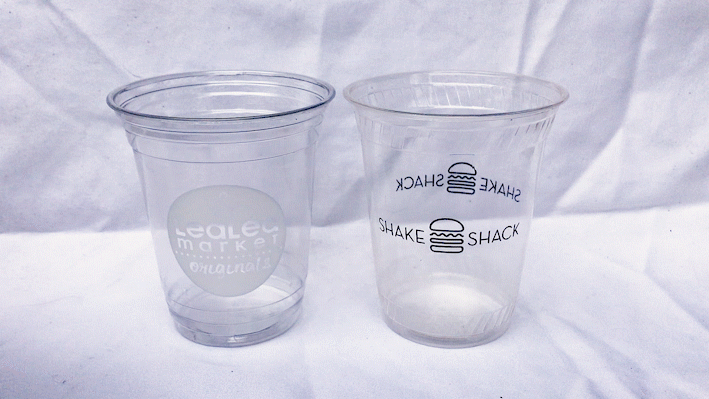
*neither PET nor PLA cups should be used for hot liquids*
Bioplastics, especially PLA, are shelf-stable under average environmental conditions. But at temperatures over 105 degrees, the material may warp and melt. This can happen when hot beverages are inadvertently poured into plastic cold cups. Or when the material is left in hot conditions, such as inside a car on a hot day.
While one should never consume hot beverages out of any plastic cup, traditional PET-based plastic cups do not lose their structural integrity under the same conditions.
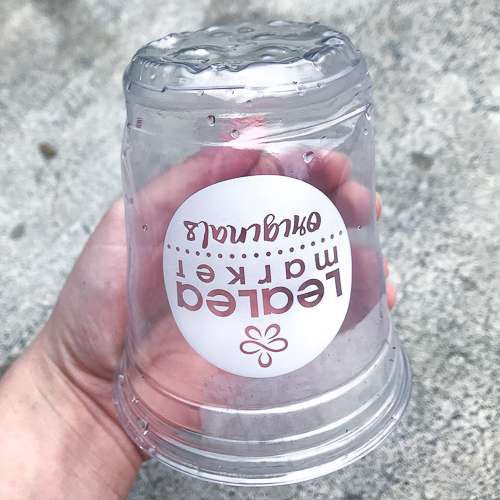
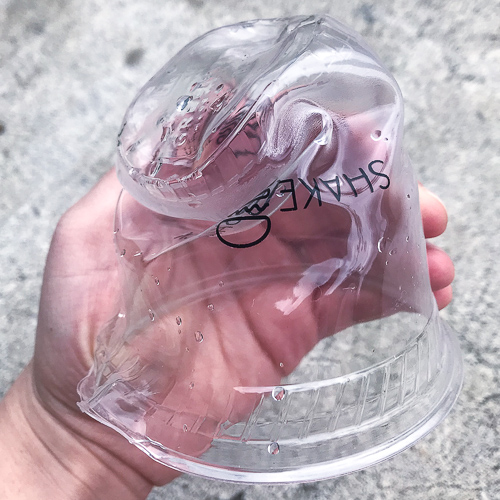
Confusion Regarding Compostable Cups
Compostable plastic cups look like PET. They are durable, yet clear and soft-sided. As such, without proper labeling, the two materials are nearly indistinguishable.
Reiterating points from above, PLA bioplastic cups cannot be recycled with PET plastic cups. If consumers inadvertently place compostable plastics into the recycling bin, the material loses most of its environmental benefits.
Proper labeling, as well as consumer education, is essential to combat improper disposal of all plastic materials, compostable or not. But currently, consumer confusion hinders the environmental benefits of compostable plastic.
In Summary
Despite a few key reservations, compostable plastic cups provide a unique alternative to petroleum-based plastic cups. Compostable plastic cups and containers require less energy and emit fewer greenhouse gasses during production than similar PET-based cups. And, biodegradable cups allow for multiple environmentally-friendly end-of-life-scenarios (such as recycling, composting, and occasionally incineration), whereas traditional plastic cups only allow for one (recycling).
But are compostable cold cups the holy grail of sustainability? Definitely not. Our current society lacks the necessary infrastructure to truly take advantage of bioplastic’s unique capabilities, including widespread municipal composting, or PLA-specific recycling. Unfortunately, at this point, most PLA will end up in landfills, where it will fair not much better than traditional plastics or organic matter.
But, we remain optimistic. Bioplastic cups are a step in the right direction. Compostable products broaden our understanding of plastics, end-of-life scenarios, and sustainability. And as we progress forward in society, infrastructure will grow and technology will develop, making compostable plastics an even better choice.
We hope that our guide allowed you, the consumer, to make a more informed choice when considering disposable cups for your business or event.

Leave a Reply